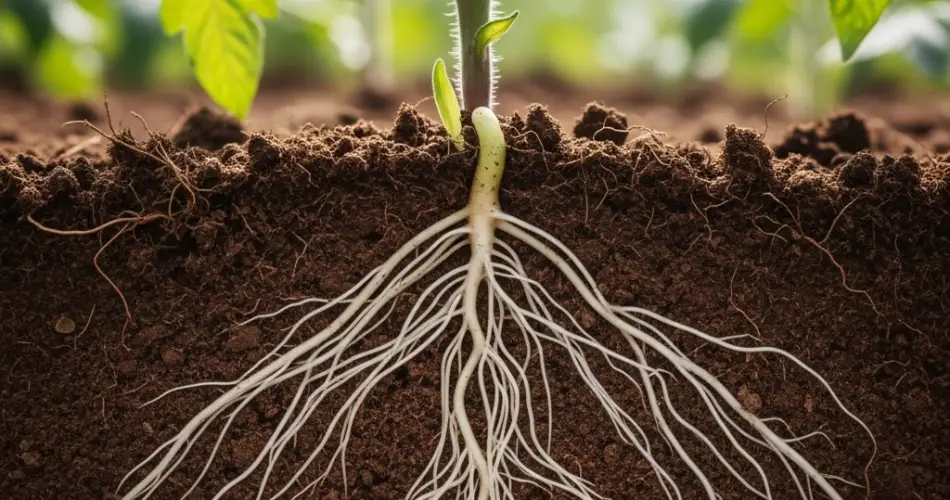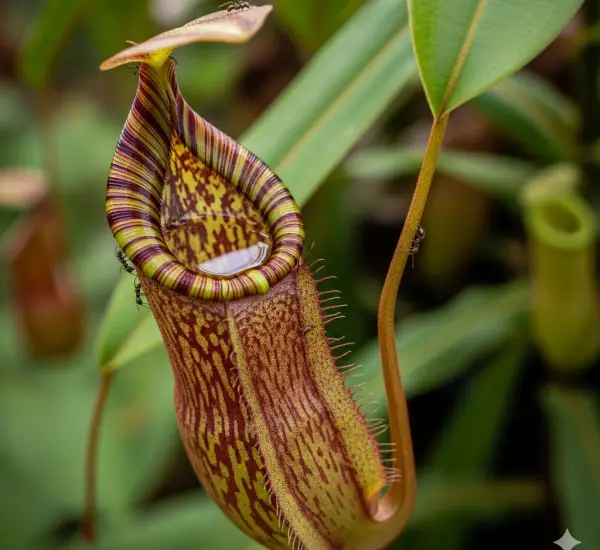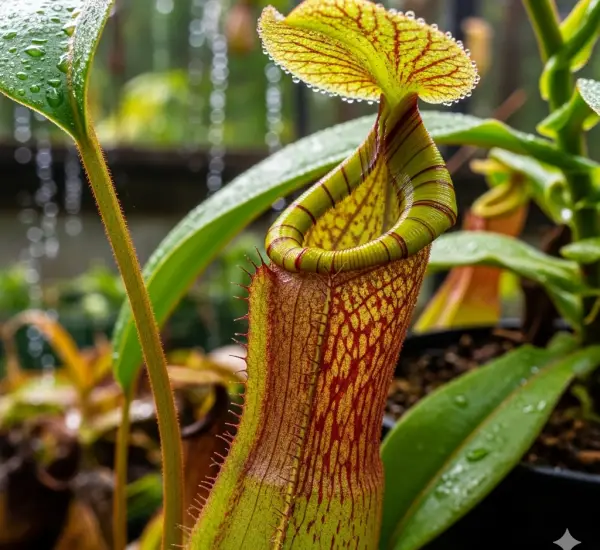Propagating plants through cuttings is a simple and cost-effective way to expand your garden. Whether you’re working with herbs, shrubs, citrus trees, or ornamental plants, rooting hormone plays a critical role in encouraging new roots to develop quickly and healthily.
While commercial rooting hormones are available, many gardeners prefer natural, homemade alternatives that are both effective and chemical-free. In this article, we’ll show you how to make a simple and potent homemade rooting hormone using common household items, suitable for almost any plant cutting—be it a small herb, woody stem, or even fruit tree like citrus.
What Is Rooting Hormone and Why Use It?
Rooting hormone is a substance that stimulates root development in plant cuttings. When a cutting is taken from a parent plant, it lacks roots to absorb water and nutrients. Applying a rooting agent increases the chances of successful propagation and promotes faster, stronger root growth.
Homemade options are often gentler on plants and environmentally friendly. They also allow you to avoid synthetic chemicals, which is especially important for those growing edible crops.
Best Plants for Propagation with Homemade Rooting Hormone
You can use this method for a wide variety of plants, including:
-
Citrus trees (lemon, orange, lime)
-
Ornamental shrubs
-
Roses and hydrangeas
-
Herbs like rosemary, basil, mint
-
Houseplants (pothos, philodendron, monstera)
-
Fruit trees (apple, fig, pomegranate)
-
Succulents and more
Homemade Rooting Hormone Options
Below are three effective and natural rooting stimulants you can prepare at home. Choose the one that best suits the materials you have on hand.
🧪 Option 1: Honey Rooting Hormone
Honey has antibacterial and antifungal properties, making it a natural preservative and rooting stimulant.
Ingredients:
-
1 tablespoon of raw honey
-
2 cups of water
Instructions:
-
Bring the water to a boil, then remove from heat.
-
Add the honey and stir until fully dissolved.
-
Let the solution cool completely.
-
Dip the cut end of your plant into the mixture before planting in soil or water.
This method helps prevent rot and encourages root growth over time.
🌿 Option 2: Willow Water
Willow trees contain natural rooting hormones such as indolebutyric acid (IBA) and salicylic acid. These compounds significantly increase the success rate of rooting cuttings.
Instructions:
-
Cut a few young branches (green and flexible) from a willow tree.
-
Chop them into small pieces.
-
Soak the pieces in water (preferably warm) for 24 to 48 hours.
-
Strain the liquid and use it as a soaking solution for your cuttings or as a watering aid.
You can store willow water in the refrigerator for up to two months.
🥔 Option 3: Aloe Vera Gel
Aloe vera contains over 70 active compounds, including enzymes, vitamins, and hormones that boost cell growth and protect cuttings from infection.
Instructions:
-
Cut a fresh aloe vera leaf and extract the clear gel.
-
Apply the gel directly onto the base of the cutting.
-
Plant the cutting in soil or water immediately after application.
Aloe vera not only helps roots develop but also keeps pathogens at bay.
Step-by-Step: How to Propagate with Your Rooting Solution
-
Select a Healthy Cutting
Choose a 10–15 cm (4–6 inch) stem from a healthy plant. Make the cut just below a node (where leaves attach). -
Remove Lower Leaves
Strip away any leaves near the base of the cutting to prevent rot and ensure focus on root development. -
Dip in Rooting Hormone
Dip the cut end into your chosen natural hormone solution. -
Plant the Cutting
Place the treated cutting into moist potting soil, coco coir, or water (depending on the plant type). Use a pencil or stick to make a hole in the soil to avoid wiping off the rooting agent. -
Maintain Ideal Conditions
Keep the environment humid and warm. You can cover the cutting with a plastic bag to retain moisture. Make sure it receives indirect sunlight. -
Wait and Watch
Most plants begin to root within 1–3 weeks. Be patient and resist the urge to tug or check too early.
Extra Tips for Success
-
Humidity: High humidity helps cuttings stay hydrated. Misting or covering with a plastic dome or bag helps retain moisture.
-
Lighting: Provide bright but indirect light. Avoid placing cuttings in direct sunlight, which can dry them out.
-
Sterility: Use clean tools to make cuttings and disinfect containers to reduce disease risks.
-
Soil: Use well-draining soil or a mix of perlite and peat moss to prevent rot.
Final Thoughts
Using a natural rooting hormone is an effective, eco-friendly way to multiply your favorite plants. Whether you’re rooting citrus trees, herbs, or ornamental plants, these homemade solutions offer reliable results without the need for synthetic chemicals.
Give it a try with your next batch of cuttings—you may be surprised by how well they take root with just a little help from nature’s pantry!



